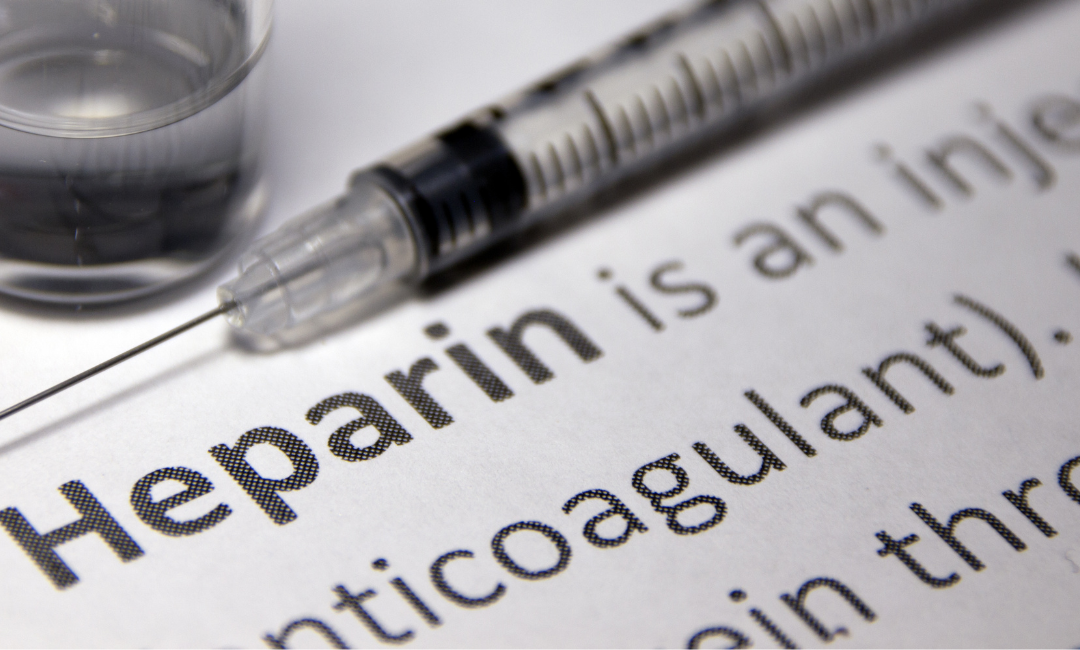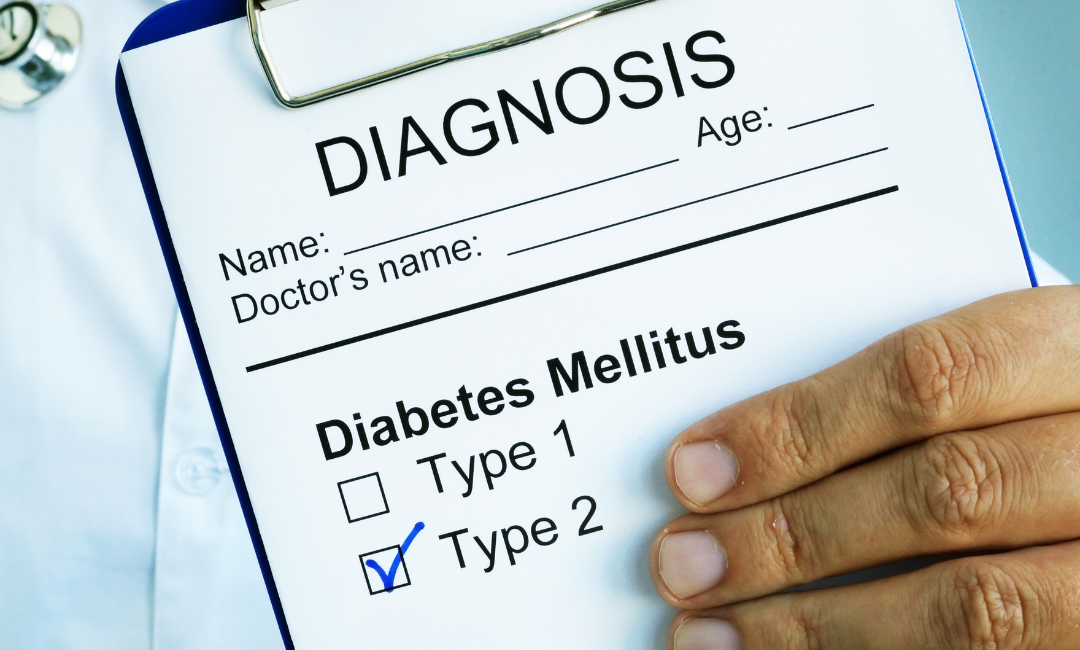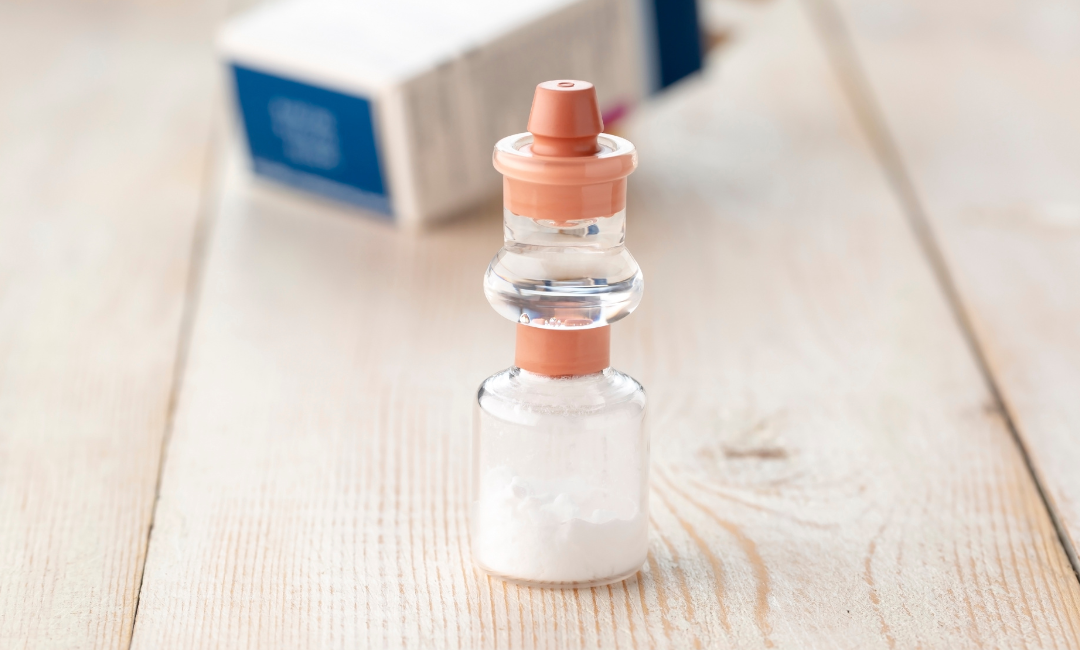Drug Interactions with Amlodipine
Amlodipine can interact with strong CYP3A4 inducers, such as rifampin, phenytoin, and carbamazepine, decreasing their effect and concentration in the body. Dose 0adjustments are required if any of these are prescribed with amlodipine.
Amlodipine can increase the concentration and effects of anti-hepaciviral combination products. It also might increase the concentration of drugs, such as fosphenytoin, lomitapide, phenytoin, and simvastatin.
St. John’s wort might decrease the concentration or effect of amlodipine, affecting blood pressure management. Yohimbine may also decrease the antihypertensive action of amlodipine. When given with grapefruit juice or products containing grapefruit extracts, the hypotensive effects of amlodipine may be increased.
Amlodipine may increase hepatic enzyme levels. Therefore, if the patient complains of nausea and vomiting with its therapy, get their liver function tests done promptly.
Dosage with Indications
Amlodipine is available in 2.5mg, 5mg, and 10mg tablets. It can be given with or without food.
Hypertension in adults is managed through the oral route. Initially, 5 mg/day is given as a single dose, which can be titrated every seven to 14 days to a maximum of 10 mg/day.
In the elderly, the dose of amlodipine should be increased gradually with particular attention to their blood pressure, as it can lead to severe hypotension. Give it as a dose of 2.5mg per day that can be titrated every seven to 14 days with a maximum limit of 10 mg per day.
For the management of hypertension in children aged 6 to 17 years, the dose of amlodipine is 2.5 mg/day to 5 mg/day.
For the management of coronary artery disease in adults, amlodipine is given 5 to 10 mg per day as a single dose. In elderly with hepatic insufficiency, it is given as 5 mg per day, a single dose.
In adults and elderly patients with hepatic impairment, the dose of amlodipine for the management of hypertension is 2.5mg per day initially. For angina, it is 5 mg per day initially. In patients with severe hepatic impairment, titrate the dose slowly and monitor blood pressure, as it can lead to severe hypotension because of altered metabolism.









